
The universe is vast, mysterious, and sometimes unfathomable to an average human, yet it exists in perfect balance and harmony. The Sun, the moon, and the planets play vital roles in the universe. They move and transit to different places and angles during various times of the year, affecting each other subtly.
Since Earth is a part of the bigger universe, and humans are a part of the Earth, the positions of the Sun, the moon, and the planets also affect Humans. Since the human body acts like a mirror of the cosmic world, every astronomical event happening far away gets subtly reflected in the human body. Most people have become disconnected from one’s true nature. They fail to notice or comprehend the nuances of changes happening in the external world and their effect on oneself.
The wise and ancient people of Bharat who walked this holy land studied closely the Sun and its various positions. They noticed that the sunrise shifted slowly towards one direction for six months and returned in the same path for the next six months. They named these periods Uttarayana and Dakshinayana. They also correlated the subtle changes happening in a human being to the changes in the positions of the sun. This is why the saints and sages advised us to live, rejoice, and dine in a specific manner.
WHAT IS DAKSHINAYANA
Each year, the sun moves towards the northern hemisphere for six months. In the next six months, the Sun moves towards the Southern Hemisphere. (The movement of the Sun denotes the direction of the sunrise as seen from the Earth. It is the Earth that always moves around the Sun in an elliptical path). The movement of the Sun in the southward direction is called Dakshinayana in Bharath. ( When the Sun moves towards the northern hemisphere, it is called Uttarayan). The word Dakshinayan comes from two Sanskrit words, Dakshin meaning South and Ayana meaning movement.
A human year is equal to one day of God. Hence, the six months of Uttarayan ( when daylight is longer), is the daytime of the Gods. The period of Dakshinayana, when the daylight is shorter ( when the summer gives way to winter), is considered the nighttime of the Gods.
Lord Shiva, as Dakshinamurthy, sat facing the southern direction during the six months of Dakshinayana. He transmitted the knowledge of yoga and spiritual wisdom to the Sapta Rishis - the first seven disciples of Lord Shiva. Lord Shiva turned south because the sun turned south. In this period, he taught his disciples what they must do to advance spiritually. This is why Dakshinayana is also referred to as Sadhana Pada.
IMPORTANCE OF SADHANA DURING DAKSHINAYAN
The Sadhana pada is a crucial time. A farmer works hard, tills the land, plants the seeds, and waters the plants to find a fruit or a flower growing on his land. The flowers and the fruits are the consequence of his discipline and work. Similarly, a devotee prepares oneself to receive divine blessings.
Dakshinayana is the perfect time to practice Sadhana. If one practices the right kind of Sadhana, he will harvest the divine blessings at the right time. With intense awareness and unerring practices, one can notice the subtle changes in a human during the period of Dakshinayana. Digestion is slower. As a result, there is a drop in the hunger levels. One can find changes in the emotional state as well.
Hence, the Sadhana pada is the right time to fast, practice yoga, meditate, chant, and practice other forms of austerities. In short, Dakshinayana is the right time to focus inward. It is the time for inner reflection, introspection, and spiritual growth.
ENERGY FLOW DURING DAKSHINAYANA
There are seven chakras in the human body. Chakras are energy centers. They exist in a more subtler form than being present physically. They lie along the spine. The seven chakras are Muladhara ( Root chakra ), Swadhistana ( Sacral Chakra), Manipuraka ( Solar Plexus chakra), Anahata ( Heart chakra), Vishudhi ( Throat Chakra), Ajna ( Third eye Chakra) and Sahasra ( Crown Chakra).
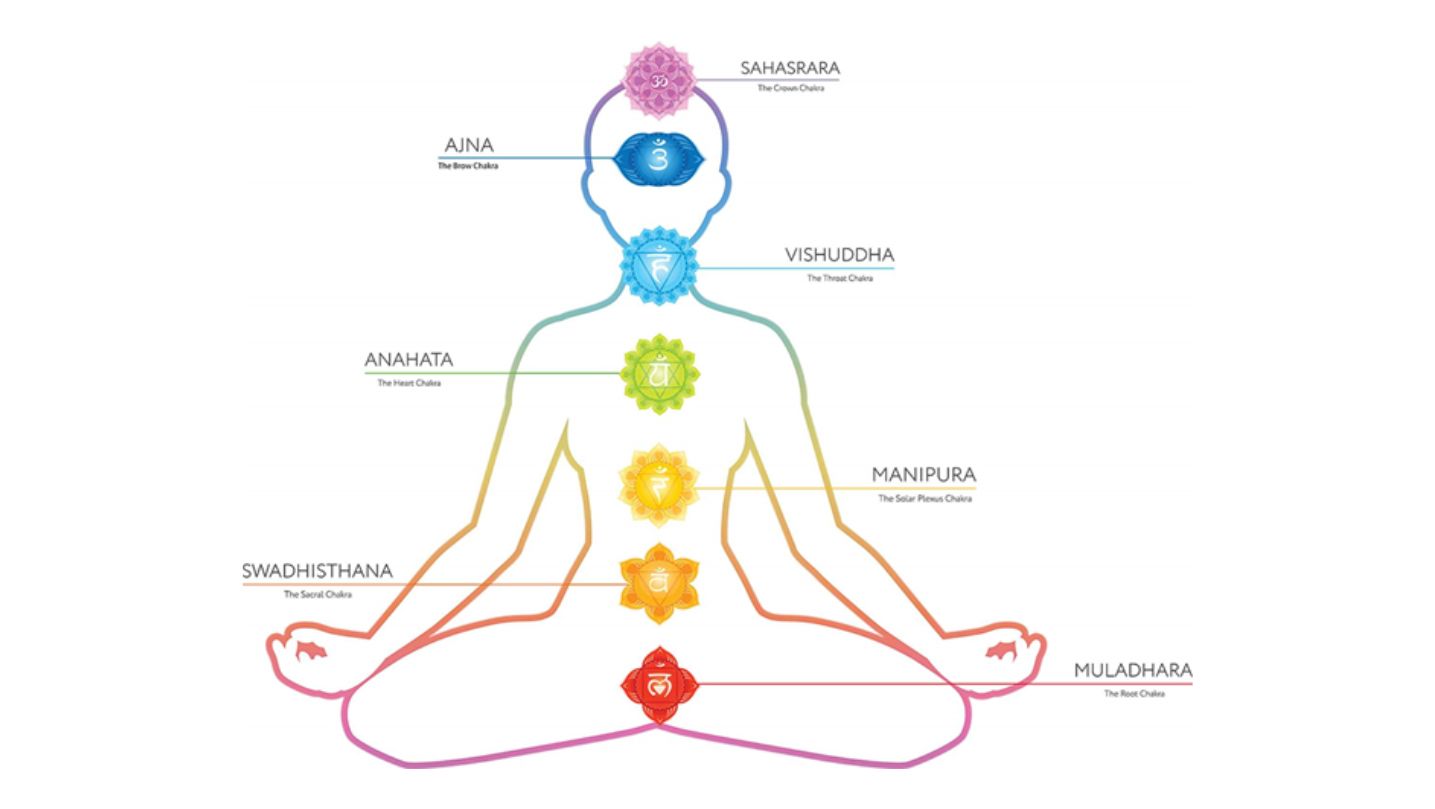
The chakras from the Muladhara to Anahata help to keep the body rooted for survival on Earth. The chakras from Anahata upwards open up spiritual possibilities. During the period of Dakshinayana, the energy flow is intense in the lower chakras ( below Anahata). On the contrary, the energy flow is intense in the upper chakras during the period of Uttarayan. Our sages and saints realized this natural flow of energy and designed practices during these different periods. The way festivals are observed, the nature of food consumed during them, and the practices followed are exceedingly different between Uttarayan and Dakshinayan.
RITUALS & FESTIVALS OBSERVED DURING DAKSHINAYAN
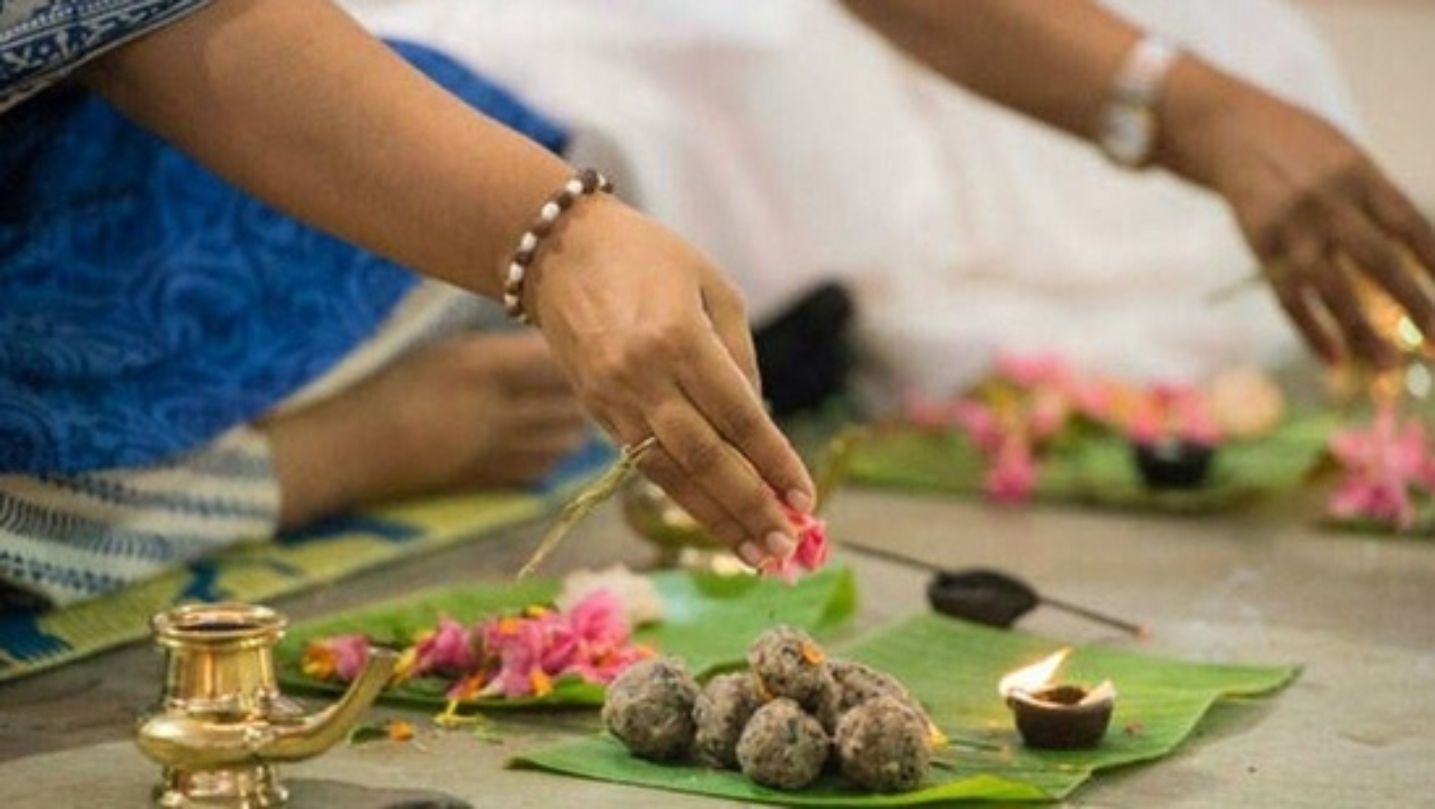
During Dakshinayana, Lord Vishnu sleeps for four months in the Kshir Sagar ( milky ocean) on his Shesh Nagh ( king of snakes). This period is called Chaturmasya. Chatur means four, and masya means month. This period usually begins on the 11th lunar day of Ekadashi. Since the lord falls asleep, this day is known as Sayana Ekadashi ( This day roughly falls between June -July). Lord Vishnu awakens from his sleep (after four months of sleep), on the Uttana Ekadashi ( in the month of Karthika - roughly between October - November). During these four months, the Vaishnavaites observe Vrat. Each month has a standard fasting rule wherein the devotee excludes one food item from his meal. Besides, the devotees also take up the vow of silence, do Japa, donate food, and meditate during this period. The period of Chaturmasya coincides with the monsoon season of Bharath.
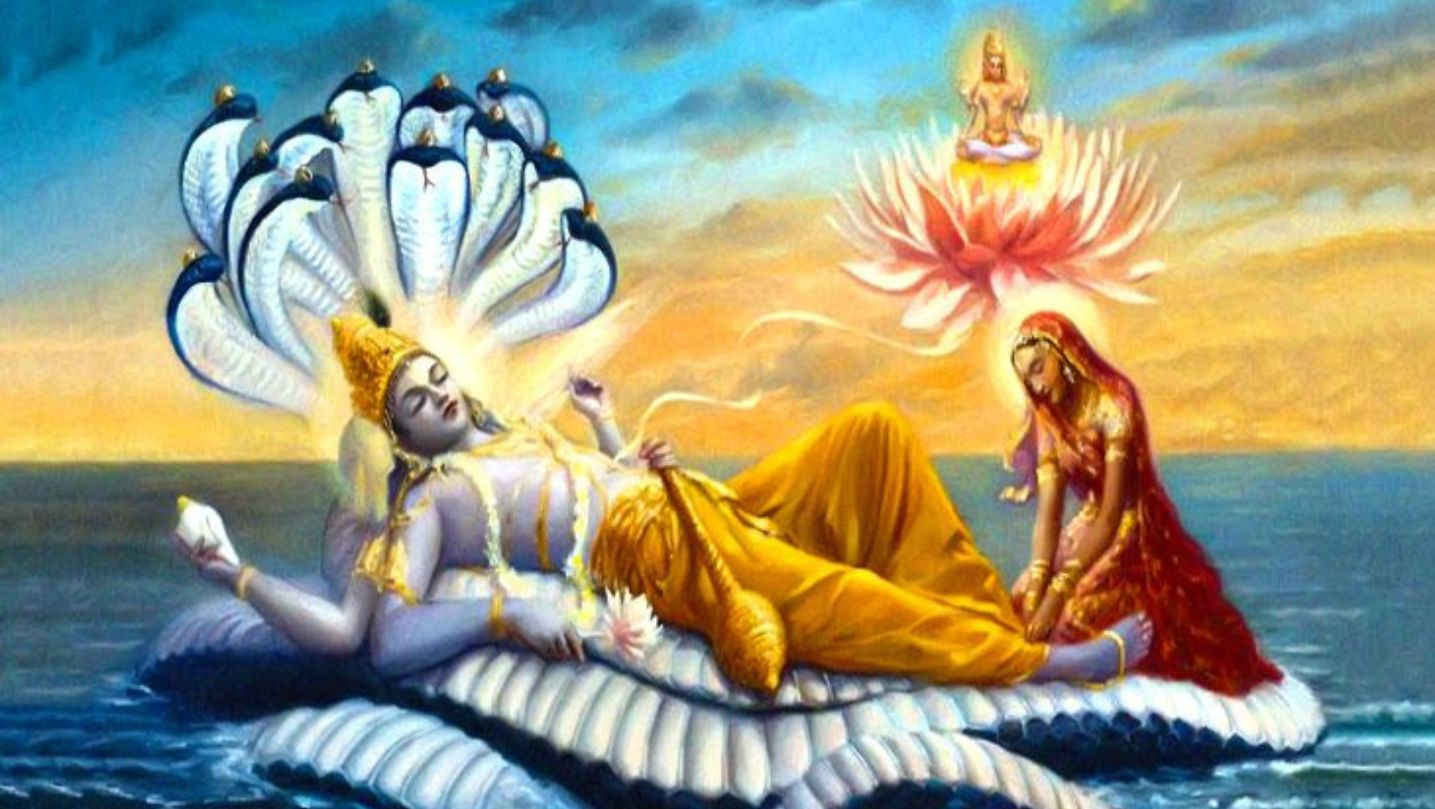
Pitru Paksha is also observed during the Dakshinayana period. The Pitru Paksha is a 16-day long period. The Pitru Paksha (Shradh) rituals are performed for the departed souls/ancestors ( in their lineage) to attain peace. In return, the ancestors bless their families. The Mahalaya Amavasya marks the culmination of this period. Special rituals are performed in addition to offering food to the underprivileged on this day.
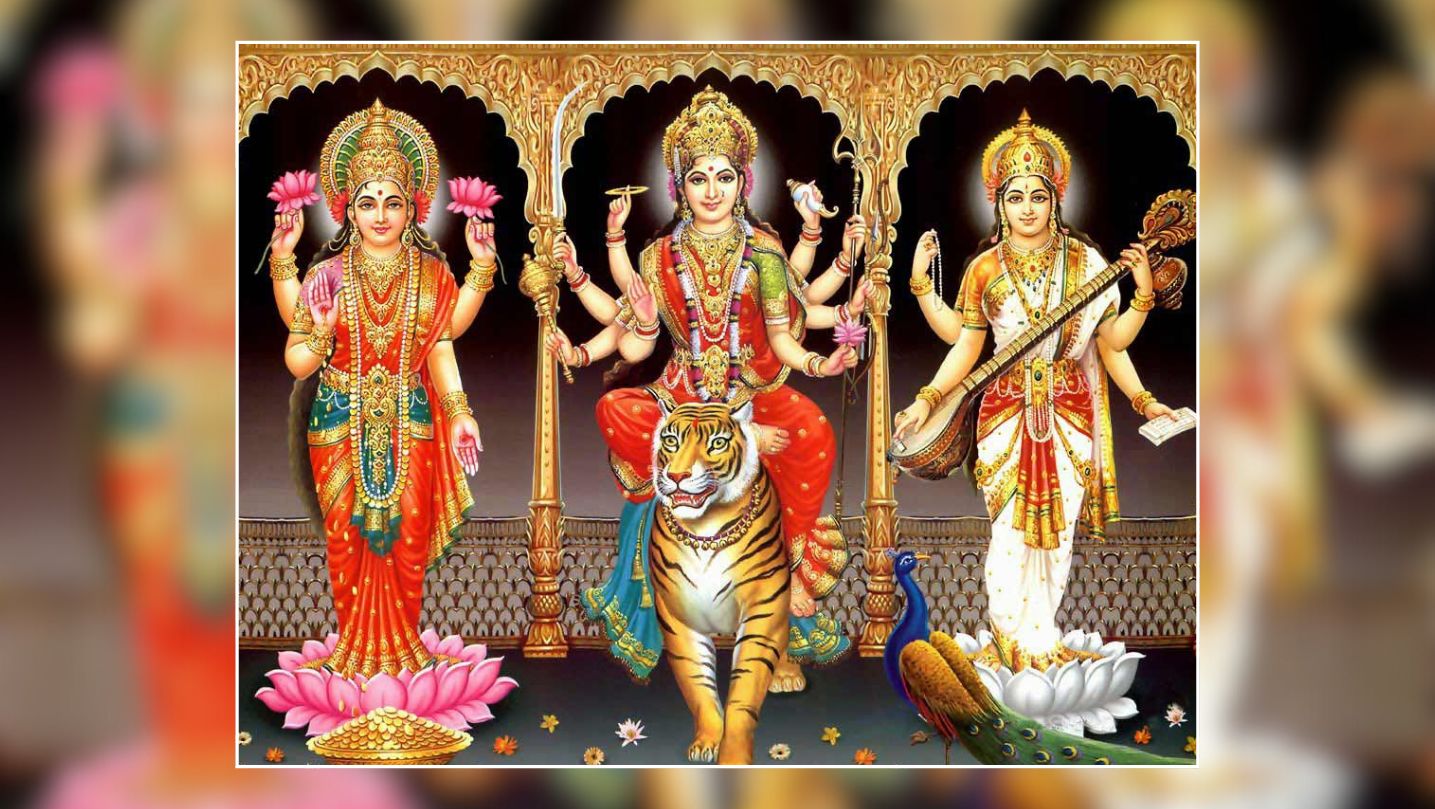
Navaratri - meaning nine nights, is a festival honouring three Goddesses - Durga, Lakshmi and Saraswathi. Three days are devoted to each Goddess. On all days, people fast, perform poojas, display Kollu dolls, distribute prasad, light lamps and chant mantras. They also visit Pandals ( Temporary tent-like structures set up to venerate the Gods). The festival culminates in Vijayadashami. On this day, the devotees perform the Saraswathi Pooja and Vidhyarambam.
Diwali, the festival of lights, honours the triumph of Goodness over evil and knowledge over ignorance. Diwali is a five-day-long festival. People celebrate by lighting lamps, cleaning homes, drawing rangoli and kolams, meeting family, performing Lakshmi Pooja and bursting crackers. Usually, during Dakshinayana, a certain inertia and laziness sets in. To stay active and, to be awake through these dull times, these festivals require a person to wake up early, burst crackers and celebrate.
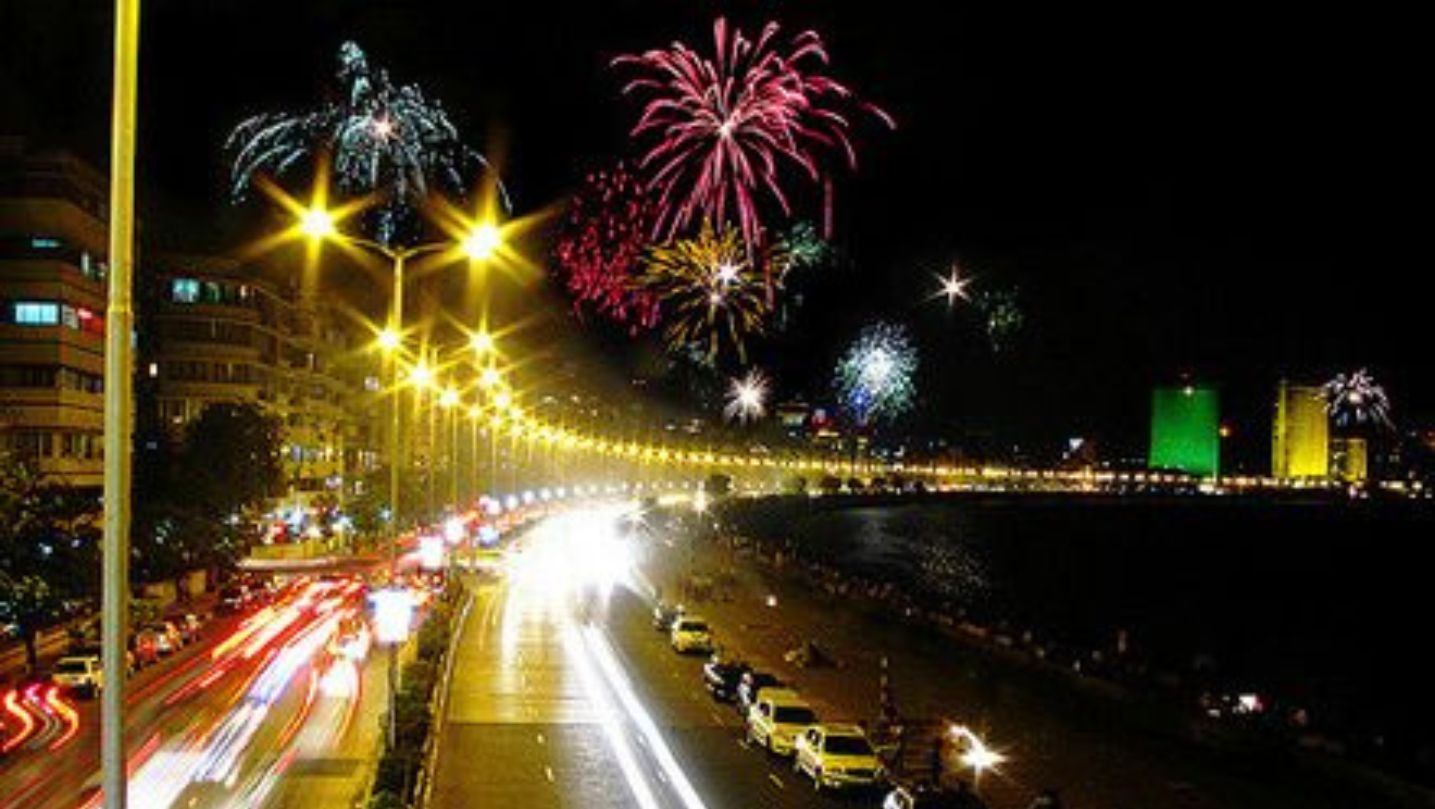
Ganesh Chaturthi is a 10-day-long festival that commemorates the birthday of Lord Ganesha. The festival falls in the Dakshinayana period between August and September. This festival involves cleaning one's home and installing Ganesh idols made from clay. The devotees fast during the festival, perform poojas, sing bhajans, pray at pandals, distribute Prasad, and finally, on the last day, immerse the clay idol in a water source nearby.
Janmashtami - is celebrated to commemorate the birth of Lord Krishna on earth. Devotees wake up early in the morning, bathe, and refrain from eating heavy food. People fast, clean, and decorate their homes, perform poojas, and celebrate.
If one notices, all the celebrations during the Dakshinayana period have fastings, waking up early, lighting lamps, and doing sadhana as common elements. Our ancestors knew that digestion slows down, mood changes occur, and people tend to become lethargic during the colder months of Dakshinayana. Hence, they laid out the protocols for celebrations/rituals. These rituals not only focus on keeping people awake and active, they also prioritize health and spiritual well-being. The people of Bharath believe that with intense awareness and the right kind of spiritual practice (Sadhana), a person can grow spiritually. Dakshinayana is the perfect time for all of that.
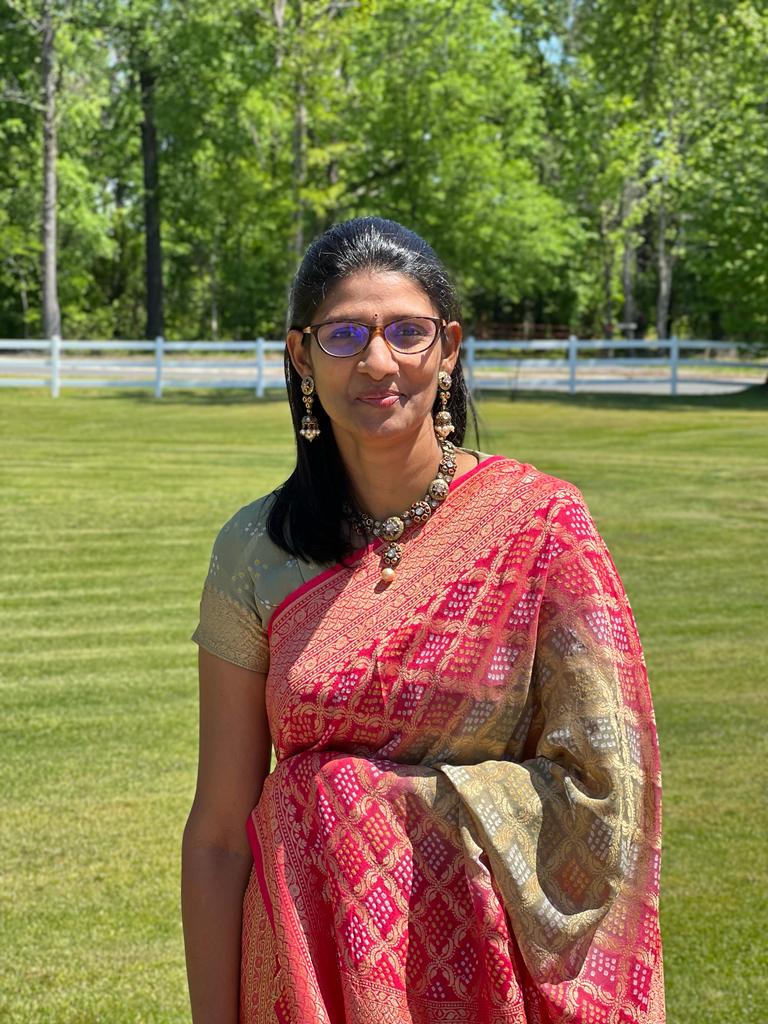 Vaishnavi Gurusankar is a passionate educator, a wife, and a mother. She has over a decade of experience as an educator and has been closely working with teachers and children of all ages. She is also an active parenting blogger and founder of Magical Unicorn, an exclusive parenting blog founded on the Indian ethos, values, and stories at its core. She has also authored the book "Bharatyam : Science behind Hindu Practices & Way of Life"
Vaishnavi Gurusankar is a passionate educator, a wife, and a mother. She has over a decade of experience as an educator and has been closely working with teachers and children of all ages. She is also an active parenting blogger and founder of Magical Unicorn, an exclusive parenting blog founded on the Indian ethos, values, and stories at its core. She has also authored the book "Bharatyam : Science behind Hindu Practices & Way of Life"
PREVIOUS ARTICLE
NEXT ARTICLE

At the southernmost tip of this mesmerising ensemble lies the majestic Great Nicobar Island, boasting an impressive landmass of about 910 square kilom...

Bharath has always been a land traversed by spiritual masters/ Guru since time immemorial. These spiritual masters have always upheld the core princip...

South India contains its fair share of unique pilgrimage centres. These divine places of worship have a prominent Sthala Purana, devoted followers, di...